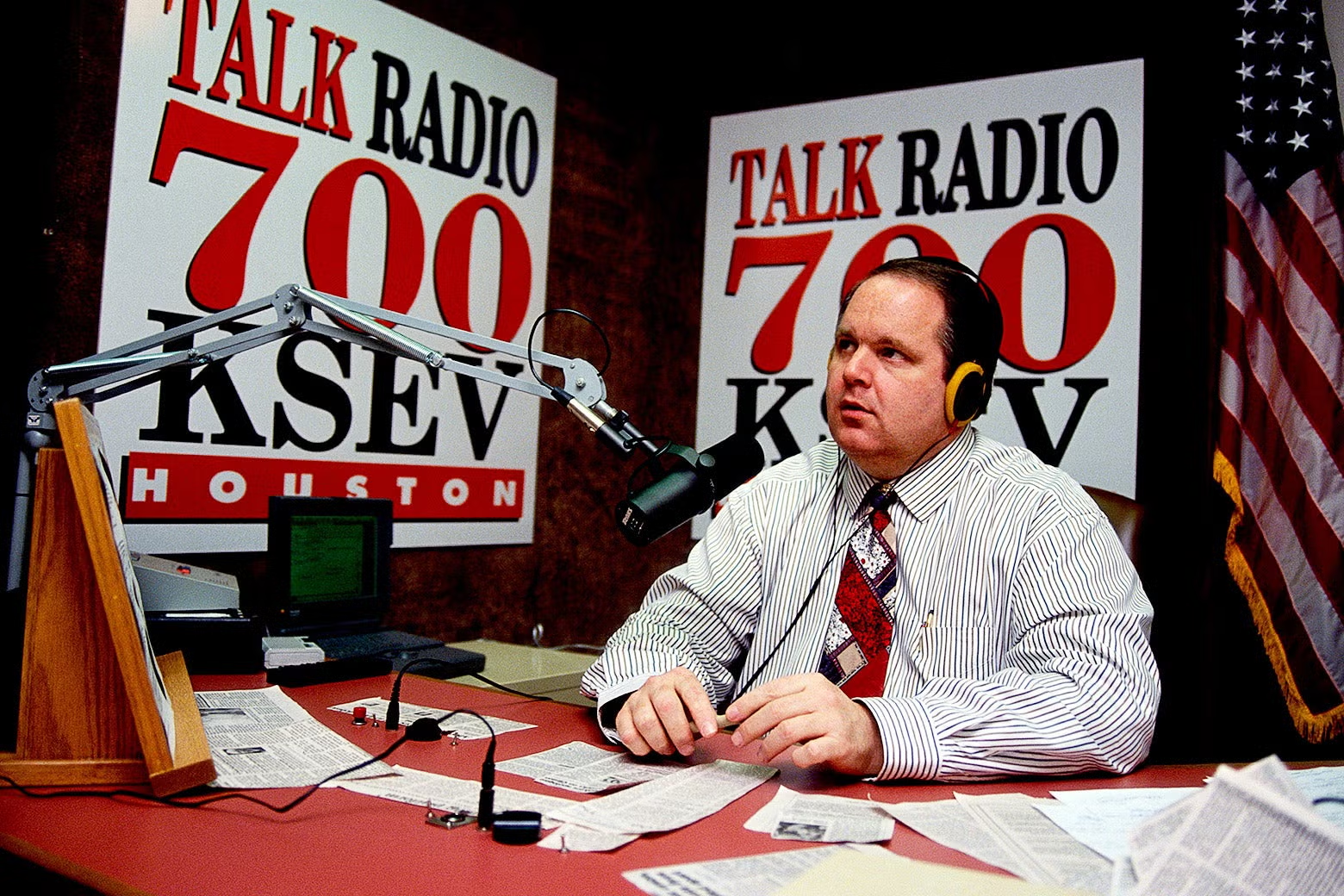The 1980s marked a pivotal era of political and institutional change in Texas. Amid economic upheaval and shifting social currents, the state overhauled its administration, criminal justice system, and education policies—setting the stage for a lasting partisan realignment.
This article examines the decade’s key reforms and realignments.
Government Modernization and Institutional Reform
Professionalization of State Agencies
Texas state government entered the 1980s still bearing the marks of an earlier political culture defined by patronage, personality, and weak institutional accountability. Over the course of the decade, this began to change. Figures like Comptroller Bob Bullock led efforts to modernize tax collection, financial reporting, and agency performance.
Agencies adopted computerized systems, internal audits, and data-driven planning. Reforms touched areas such as public health, environmental oversight, and transportation, aligning Texas with broader national trends toward professionalized and technocratic state administration.
Growth of the Sunset Review Process
The Sunset Advisory Commission, created in the late 1970s, became more active during the 1980s as lawmakers sought to prune inefficiencies and eliminate obsolete agencies. The process institutionalized regular review of state entities and required that many justify their continued existence every twelve years. Though limited in its power to drive deep cuts, Sunset review helped instill a new norm of ongoing institutional scrutiny.
Education Reform and Accountability
House Bill 72 (1984)
In 1984, Texas passed House Bill 72, a landmark piece of education reform legislation championed by Governor Mark White and business leader Ross Perot. HB 72 introduced teacher testing, required a minimum salary schedule, limited class sizes in lower grades, and established the now-infamous “no pass, no play” rule, which barred failing students from participating in extracurricular activities.
HB 72 marked a shift from local control toward increased state oversight of public education, aligning Texas with a national push for standards-based education reform sparked by the 1983 report A Nation at Risk.
State Control and Curriculum Debates
The Texas Education Agency and State Board of Education gained more authority during this period. The decade saw early stages of what would become nationally watched curriculum debates—including disputes over textbook content, bilingual education, and the teaching of evolution.
These battles reflected rising conservative activism in education, fueled in part by the mobilization of evangelical voters and organizations.
Prison Expansion and Federal Oversight
A federal court decision in Ruiz v. Estelle (1980) declared Texas’s prison conditions unconstitutional, citing overcrowding, inadequate healthcare, and unsafe facilities. The ruling placed the prison system under federal oversight and forced the state to begin a massive program of prison construction and reform.

Though the Ruiz decision was based on prisoner rights, the long-term policy trend moved in the opposite direction: toward harsher sentencing, reduced parole eligibility, and a punitive philosophy that gained national traction under the Reagan administration.
Texas began laying the foundation for the mass incarceration model of the 1990s, paralleling similar developments in California, Florida, and New York.
Fiscal Crisis and Budget Innovation
The mid-1980s oil collapse devastated state revenue. Severance taxes plummeted, employment in the oil sector declined sharply, and the state faced chronic budget shortfalls. Policymakers responded by cutting spending, delaying payments, and increasing fees in lieu of raising taxes.
This crisis accelerated a broader shift in state fiscal strategy—emphasizing diversification of revenue, improved forecasting, and restrained spending.
Comptroller Bullock played a central role in stabilizing the state’s finances. His office introduced better economic modeling, improved collection enforcement, and more transparent budget communication. Bullock also championed new approaches to tax auditing and data management, making the Comptroller’s office one of the most powerful institutions in Texas government.
Partisan Realignment and Reagan Coalition
While Democrats still held most local and legislative seats in the early 1980s, Republicans began to win important statewide offices. Bill Clements became the state’s first Republican governor since Reconstruction (serving non-consecutive terms), and Phil Gramm, a former Democrat, won a U.S. Senate seat in 1984 under the Republican banner.
These victories reflected a larger ideological realignment, particularly among suburban voters, business interests, and social conservatives. Texas began to drift firmly into the Republican orbit, though full dominance wouldn’t arrive until the 1990s.
Gramm’s political conversion and success illustrated the appeal of Reagan-era conservatism in Texas: low taxes, strong national defense, anti-communism, and deregulation. His campaigns helped cement a durable Republican coalition among white middle-class voters.
Evangelical Mobilization
The 1980s saw the rise of the “Religious Right” in Texas politics. Groups like the Christian Coalition, Texas chapters of Focus on the Family, and other evangelical organizations began endorsing candidates, especially in school board and legislative races.
This religious activism had national parallels, as evangelical voters became a core Republican base after Ronald Reagan’s election. In Texas, their influence was most visible in education policy, abortion debates, and local elections, where turnout efforts reshaped political dynamics.
Contentious debates over textbook standards, sex education, and the role of religion in schools anticipated the culture wars of the 1990s. Texas’s large textbook market gave it outsized influence over national publishers, meaning these battles often had ripple effects beyond the state.
The 1980s also saw early disputes over Latino representation, bilingual instruction, and the framing of American history, signaling demographic and political changes to come.
Anti-Tax Sentiment and Constitutional Constraints
Influenced by California’s Proposition 13, Texas voters and lawmakers embraced a low-tax, limited-government philosophy. Though Texas never had a state income tax, pressure grew to limit property tax growth and impose constitutional spending constraints, leading to the eventual adoption of constitutional spending limits and the Economic Stabilization Fund (Rainy Day Fund) in 1988.
Emergence of Tort Reform Debates
By the late 1980s, Texas business groups and insurance interests had begun pushing for changes to the state’s civil justice system. They argued that excessive lawsuits, large jury awards, and lenient evidentiary standards were making the state hostile to economic growth. These concerns reflected a broader national trend toward tort reform, amplified by organizations like the American Tort Reform Association.
While major changes would come in the 1990s, the 1980s laid the political groundwork. Business-friendly legislators began proposing limits on damages, changes to venue rules, and stricter standards for expert testimony. These debates intensified partisan divides between trial lawyer-aligned Democrats and pro-business Republicans, cementing tort reform as a signature GOP cause in Texas.
Mental Health System Restructuring

Following national patterns, Texas in the 1980s moved away from large state-run psychiatric hospitals toward a model emphasizing outpatient care and community-based treatment. This shift was partly driven by civil liberties lawsuits and a desire to reduce institutional costs.
However, funding for community mental health services often lagged behind need. The result was a growing population of untreated individuals with mental illness, many of whom ended up homeless or entangled in the criminal justice system. These developments contributed to a long-term policy challenge that would persist into the 21st century.
Air and Water Quality Regulation
In the 1980s, Texas began to expand its environmental regulatory infrastructure, responding to both federal mandates and public concern over pollution. The state created new permitting systems for industrial air emissions and tightened water quality enforcement in major river basins and along the Gulf Coast.

Precursors to the modern Texas Commission on Environmental Quality (TCEQ) emerged from this decade, combining older entities under a more coordinated framework. Industrial growth, especially in petrochemicals and refining, continued to dominate the Gulf Coast economy, but environmental oversight became a permanent part of the regulatory landscape.
Talk Radio and the Rise of Conservative Media
The repeal of the Fairness Doctrine by the Federal Communications Commission in 1987 ushered in a new era of partisan broadcasting. In Texas, conservative talk radio quickly became a potent political force, offering an unfiltered platform for criticism of Democrats, liberal academics, and the mainstream press.

Figures like Rush Limbaugh gained national syndication, while local hosts and AM radio stations helped shape conservative opinion in real time. These media platforms played a growing role in primary elections, activism, and agenda setting—foreshadowing the rise of right-leaning political media ecosystems in the 1990s and 2000s.
Legacy of the 1980s
By the end of the decade, Texas had become a very different political environment than it was in 1980. The state had undergone a deep institutional evolution: agencies were more professional, budgets more sophisticated, and public education more tightly regulated. Meanwhile, prisons had expanded, voter coalitions had shifted, and Republicans were ascendant.
These changes echoed larger American trends—Reagan-era conservatism, institutional reform, education accountability, and the politics of punishment—but also bore uniquely Texan traits: a preference for local autonomy, distrust of taxation, and an enduring tension between centralization and frontier identity.
📚 Curated Texas History Books
Dive deeper into this topic with these handpicked titles:
- Cowboy Conservatism: Texas and the Rise of the Modern Right
- Destiny and Power: The American Odyssey of George Herbert Walker Bush
- The Dixiecrat Revolt and the End of the Solid South, 1932-1968
- The Rise of the Republican Right: From Goldwater to Reagan
Texapedia earns a commission from qualifying purchases. Earnings are used to support the ongoing work of maintaining and growing this encyclopedia.
